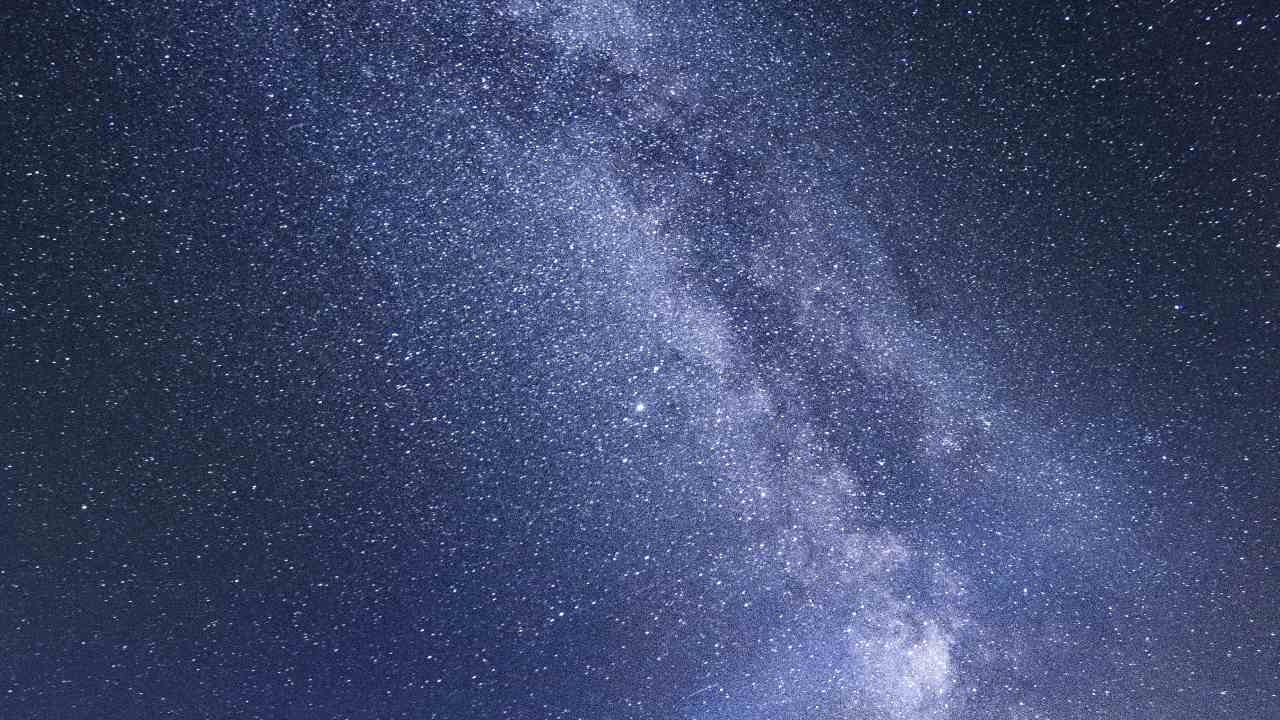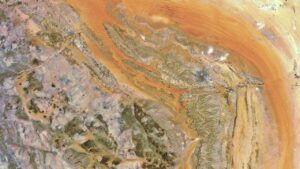FP TrendingJul 08, 2021 20:16:33 IST
This month stargazers are in for a treat since there is a long list of exciting events lined up for you. It will include meteors’ showers, Venus being spotted after sunset and planetary conjunctions, July will be an astronomer’s delight.

Night sky.
Take a look at the dates and time for all these astronomical events:
- Thursday, 8 July: For a very short time period before sunrise, the moon will be positioned several finger-widths to the left of the bright dot of Mercury. The moon and Mercury will be close enough to see through binoculars, but stargazers must remember to turn their optics away before the sun rises.
- Friday, 9 July: On this day, the moon will officially reach its new phase. It is the right day for star watchers to look at the moon as it becomes unobservable from anywhere on Earth for about a day.
- Sunday, 11 July: On this day, the crescent moon will shine 6.5 degrees to the celestial northwest of the two planets – Venus and Mars. Before they set at about 10:00 pm, stargazers can catch the trio when they are composed of some interesting scenery.
- Monday, 12 July: During the evenings, Venus and Mars will meet in very close conjunction. While both planets will be travelling eastward in their orbits, it will look like Venus kissing Mars as it will catch up and pass each other.
- Friday, 16 July: For a few hours in the sky, Lunar X will become visible for stargazers. As per space.com, the Lunar X is located on the terminator where it is predicted to develop and then gradually fade out in due course of time.
- Saturday, 17 July: On this day, the moon will complete the first quarter of its orbit around Earth. Usually, in the first quarter, the moon rises around mid-day and sets around midnight, so it will be visible in the afternoon daytime sky. On the same day, Pluto will reach opposition for 2021. During this time, the earth will be positioned between Pluto and the sun. It will minimize our distance from that outer world.
- Sunday, 18 July: An asteroid named Pallas will halt its regular eastward motion and begin a retrograde loop that will last until early November. For stargazers, the asteroid and stars will appear together in the telescope.
- Tuesday, 20 July: This is a special day as it will be the 52nd anniversary of man’s first steps on another world. On this day, six crewed Apollo Missions were sent to different regions of the moon to carry out experiments.
- Wednesday, 21 July: On this day, the bright planet Venus will gleam above the prominent double star Regulus in Leo. Both will be observable in binoculars for the entire week.
- Friday, 23 July: The moon will reach its full phase which is commonly called the Buck Moon, Thunder Moon, or Hay Moon. It always shines in or near the stars of Sagittarius or Capricorn.
- Saturday, 24 July: Skywatchers will be able to see a natural satellite shining very brightly below and between bright Jupiter on the left and Saturn on the right. The trio will make a nice wide-field photo opportunity for people interested.
- Sunday, 25 July: On this day, the moon’s eastward orbital motion will move towards Jupiter. The pair will be visible in binoculars all night long.
- Thursday, 29 July: This special day will feature the annual Southern Delta Aquariids meteor shower that will last from 21 July to 23 August.
On the same day, Mars will follow in Venus’ footsteps. They will be visible after sunset, with Venus shining brightly. Also, observers in Central Europe, the Middle East and most of Asia will be able to see small round black shadows crossing Jupiter at the same time on 29 July. - Saturday, 31 July: For the second time in July, the moon will reach its third quarter phase. This week of moonless nights will be the best time for observing deep-sky targets.










